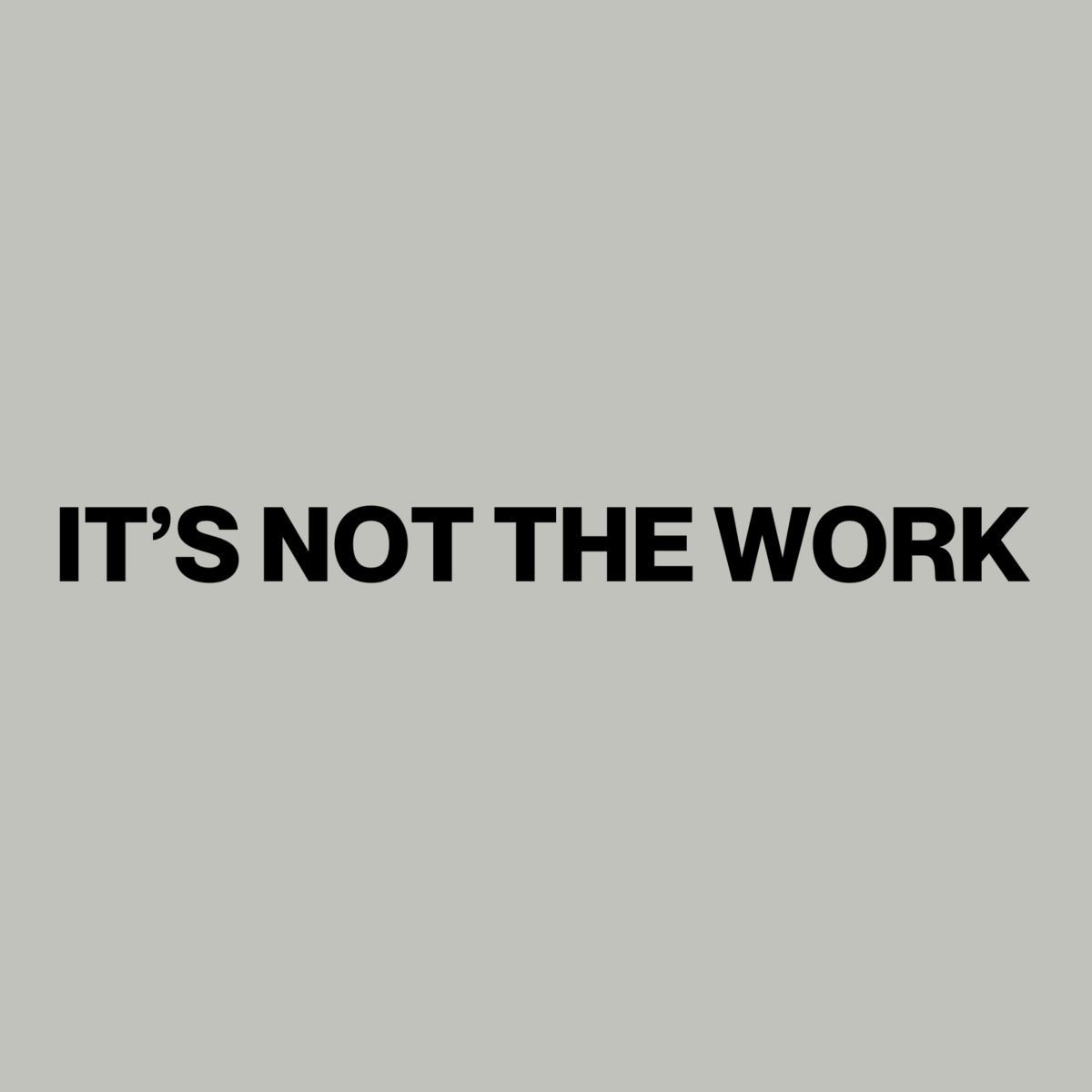Hi, I’m Nithya Sudhir. I collect words, chase patterns, and write about whatever makes me curious.
It’s Monday.
Not so long ago, luxury retail had a clear set of darlings.
First it was handbags, then sneakers, then skincare. Now the next object of indulgence doesn’t fit neatly on a shelf — it tugs at the end of a leash.
Dogs have crossed a curious threshold: from companions to consumers in their own right.
Someone forwarded this? 💌Subscribe to get it fresh, every Tuesday.
Missed an issue? 💬Catch up on past essays.
Curious what else we’re building? 💡Insane Media lives here.
Want your campaign in front of our users? 📌Reach out here.
On the Luxury Retail Menu — Now Forever, Pets
We’ve built an entire retail fantasy around the idea that our pets should live — and shop — exactly as we do.
The global petcare market is already worth $259B, set to hit $273B in 2025. Morgen Stanley predicts petcare industry growth to reach 7 per cent annually by 2030. And by 2035? Nearly half a trillion dollars.
In the U.S. alone, spending will reach $157B this year, driven by millennials and Gen Z who treat pets as family.
For marketers, the signal is clear: pets are the new beauty consumers.
🤝 Supported by Tracksuit
Vacation Inc. isn’t just selling sunscreen, they built an entire retro-coded brand world. From ‘80s aesthetics to tongue-in-cheek character “employees,” every touchpoint earns attention.
The founders are so committed, their LinkedIn’s even say they started working for the brand since 1986, despite it not existing until 2021.
But their distribution strategy wasn’t random. Tracksuit brand tracking data shows 72% of U.S. suncare buyers aged 18–34 spend their time on Instagram, so that’s exactly where Vacation doubled down.
Here’s 3 things to lift from their playbook:
🙃 Flip the messaging script
Vacation Inc found it’s unique differentiation by focusing on the fun side of sunscreen more likened to the 80s aesthetic, rather than the current more clinical focus on sun safety seen by most competitors.
👫 Community is more than a buzzword
Vaction Inc treats their community like employees with insider jokes and a line up of creators acting as if in their employee. Plus, their brand has so much merch you’d think they’re a brand.
👉 Go to them
Vacation Inc’s distribution ensures their product is readily available in the areas their core buyers are - namely college towns. Tracksuit brand tracking gives these audience insights.
Get Tracksuit’s Category Challengers Playbook to see how challengers like Vacation are winning in their niche and turning insights into impact.
When petcare starts to look like skincare
Consumers are now paying Sephora-level prices for their dogs—at price points that used to belong to moisturizers and serums:
$105 Dolce & Gabbana “Fefé” Dog Perfume — an alcohol-free canine fragrance with ylang-ylang, musk, and sandalwood, bottled in lacquered glass and topped with a 24-carat gold paw. It’s couture grooming, inspired by Domenico Dolce’s own dog.
$36 Dry Shampoo from Lil Luv Dog — a new DTC launch offering plant-based powders in compostable bamboo shakers. Branded as “beauty or self-care for dogs”, it looks more like clean beauty than petcare.
$21 “Pamper Like Paris” Gourmet Pet Food — Paris Hilton’s latest pivot: luxe Weruva-made meals for pets, marketed as “the ultimate luxury experience.”
These aren’t outliers. They’re proof that petcare has climbed onto the luxury shelf.
How the Brain Justifies Luxury for Pets
The leap from $12 dog food to $105 perfume may seem irrational — but two well-studied psychological biases make it feel natural.
Price–Quality Heuristic: making price feel like value.
Consumers assume that if something costs more, it must be higher in quality.
It’s the brain’s way of skipping deep evaluation when information is scarce.
$105 dog perfume suddenly becomes peace of mind — not vanity.
Consumer feels: ‘I’m not splurging — I’m ensuring they get the best.’
To-go: Frame premium pricing as proof of care — highlight vet approval, clean formulas, or high-end rituals.
Anthropomorphism Bias: our pets are an extension of ourselves.
Our tendency to attribute human traits to animals (and even brands).
It’s instinctual — think of fables, mascots, and those viral videos where pets “talk.”
That’s why we attach more value to things we own or even believe what chat-bots tell us.
A grooming spray isn’t just a product — it’s love in a bottle.
Consumer feels: ‘Fifi deserves a spa day — in a scent she’d choose herself.’
To-go: Infuse product language with human rituals — “beauty routines,” “signature scents,” “wellness rituals.”
Turn Price Into Reassurance
Petcare is running on the same operating system as luxury beauty.
Price is proof. Don’t shy away from premium price tags — when positioned as care, they reassure instead of repel.
Humanize the pitch. Talk about pets the way you’d talk about people. Beauty rituals, gourmet meals, signature scents.
Identity is the product. These brands aren’t just selling shampoo or food. They’re selling what kind of owner you are.
The line between the beauty counter and pet aisle is gone. And for marketers, that means a new category of consumers — furry ones — who buy the same way we do: with love, identity, and the need to signal we’re giving them “the best.”
How's the depth of today's edition?
As always, hit reply if something in here hits home.
See you next week,
Nithya
P.S. If you want to get a case study about your own brand, reply to this email. If you’d like to reach our newsletter audience (founders, creators, and marketers), click the button below.
If you’re new here, I’m over the moon you’ve joined us! To help me craft content that’s actually useful (and not just noise in your inbox), I’d love it if you took 1 minute to answer this quick survey below. Your insights help shape everything I write.
Insane Media is more than one voice
💡 Dive into our other newsletters - where psychology meets the founders, creator economy, Human resources and AI trends.







